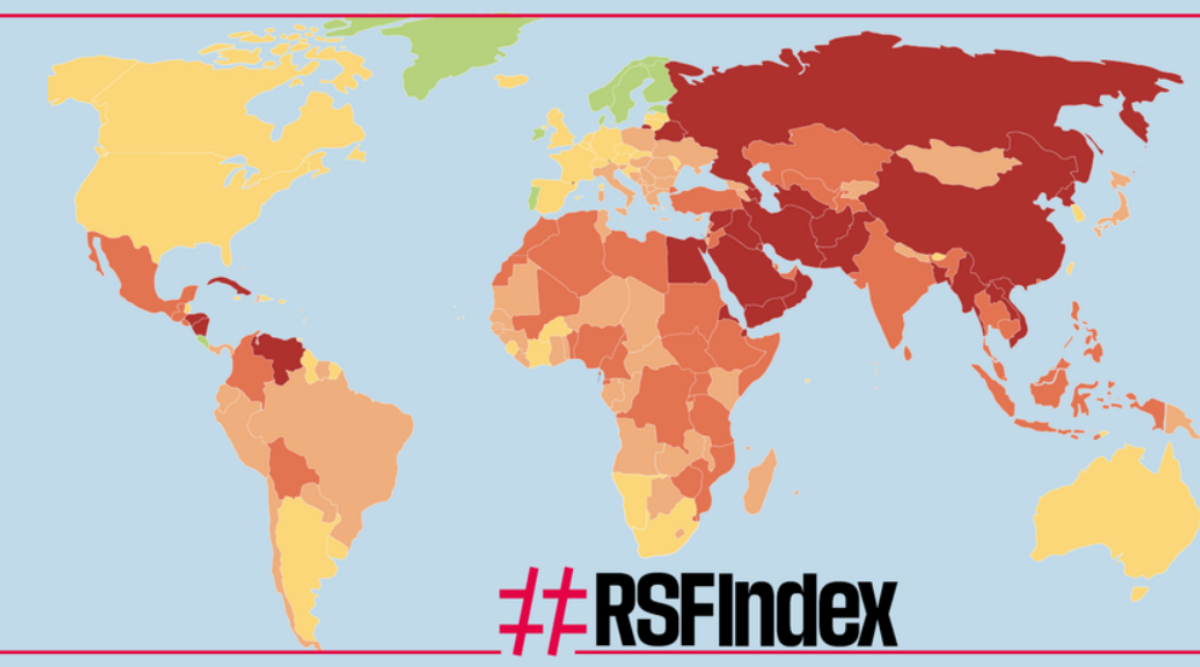Only in Metro Train at Tehran one feels bit of a commotion as vendors selling snacks are allowed inside train and this is in contrast to Delhi, where no such thing happens.
Rameez Makhdoomi
I had the chance to visit Iran for two weeks in the month of June 2016. It is the second-largest country in the Middle East and the 18th-largest in the world. With 78.4 million inhabitants, Iran is the world’s 17th most populous country. It is the only country with both, a Caspian Sea and an Indian Ocean coastline. The country’s central location is in Eurasia and Western Asia, and its proximity to the Strait of Hormuz, makes it of great geo-strategic importance. Tehran is the country’s capital and the largest city as well as its leading economic center.
I’m an adventure traveler when it comes to holidays, utilizing whatever little savings I have to visit different places. My stay in Iran lasted for 15 days and I got the opportunity to visit four major places in Iran i.e. Tehran, Qom, Masshad and Hamadan. Pertinently, there are 31 provinces in Iran.
My first impression of Iran was that it is clean. A first glance at Tehran and you find a remarkably clean cities in the developing nations. The other cities like Qom and Masshad are no different in this regard.
As it is aptly stated that cleanliness is one of the better qualities and something that shows that we are a civilized lot. Unlike India, where despite of many campaigns and schemes on cleanliness, even the national capital Delhi is far from what can be called clean. On the contrary, even the remotest villages of Iran look very clean.
Having seen the distant villages in my journey of 325 kilometers from Hamdan to Qom also known as Hamedan, and Mashadd to Qom through train, I witnessed cleanliness everywhere. Heaps of garbage, dust filled roads, dirt on the roads, which is common was hard to find in Iran.
Eating places and restaurants are impressive and reflect the cleanliness standards.
Clean bus stations, well organized railway stations are a treat to the eye in every Iranian city. Cleanness weighs heavy on Iranian administrators mind and is given its due importance.
Only in Metro Train at Tehran one feels bit of a commotion as vendors selling snacks are allowed inside train and this is in contrast to Delhi, where no such thing happens.
Pertinently, with the purpose of raising public awareness about the value of caves and creating a culture of protecting the ecosystems, Iran has decided to mark September 23rd as the national clean caves day. This ensures cleanliness of 100 odd small and big caves in Iran.
One thing India and Pakistan, countries that are close to Iran can learn from it is how to keep public places, homes the neighbourhood clean. The only concern for Iran is to address the issue of air pollution caused by the industries, especially the oil refineries. Large population centers like Tehran, Tabriz and Isfahan get suffocated in a yellow-tinged fog for the better part of the winter, leading to school closings, traffic restrictions and public health warnings.
Overall, witnessing some of the cleanest streets and public places was a treat to the eyes.
Rameez Makhdoomi is a Srinagar based journalist and this write up is an outcome of his trip to Iran.











